THE JEWISH CALENDAR
http://www.pitspopany.com/Wpages/PitsGuide.txt
-------------------
The Jewish calendar is a lunar-based calendar. There are
354 days in the regular Jewish year. However, each of the
Holidays must occur in a specific season – for instance,
Passover must always be celebrated in the Spring. In
order that the Holidays stay within their appointed season,
every few years a leap-month, called Adar II, is added to
the Jewish calendar. This leap-month is always added just
before Passover.
Below are the months of the Jewish calendar, their Gregorian
equivalent, and their corresponding Jewish Holidays.
Sept-Oct Tishray Rosh Hashanah Yom Kippur Sukkot
Oct-Nov Heshvan
Nov-Dec Kislev Hanukkah
Dec-Jan Tevet
Jan-Feb Shevat Jewish Arbor Day
Feb-Mar Adar Purim
Mar-Apr Nissan Passover
April-May Iyar Holocaust Memorial Day
Israel Independence Day
May-June Sivan Shavuot
June-July Tammuz
July-Aug Av Memorial Day for the Destruction
of the Temple
Aug-Sept Elul
The Jewish Holidays
-------------------
Since the Jewish “Day” begins at night, the start of all Jewish holidays
follows a 24-hour, night-day pattern. For example, the first "day" of Hanukkah actually begins on the 25th of the month of Kislev which, in 2002, falls on Sunday night, December 9th and ends Monday night, December 10th.
All major Jewish holidays that are not Fast days are marked by prayer, Torah readings (except Holocaust Memorial Day), family meals and special Holiday foods. Every holiday has its own unique Holiday symbols and customs.
The Torah
---------
For the Jewish people, the Torah comprises the Five Books of Moses, also called the Pentateuch. The Torah consists of:
1. Genesis (B’raisheet)
2. Exodus (Shemot)
3. Leviticus (Va’yikrah)
4. Numbers (Ba’midbar)
5. Deuteronomy (Devarim)
The Torah is divided into 54 sections. On Shabbat (Saturday) and most holidays, a section, or part of a section of the Torah is read in the synagogue.
All the major Jewish holidays are listed in the Torah, except for Hanukkah, Purim, and Holocaust Memorial Day which occurred after the Torah was written.
All the major Jewish holidays listed in the Torah except Rosh Hashanah and Yom Kippur are celebrated an extra day by Jews living outside of the State of Israel. Thus, Passover is celebrated for 8 days outside of Israel and 7 days in Israel.
The Bible is a term sometimes used to describe the Torah. However, the Hebrew equivalent of the word "Bible" is the word "Tanach" a Hebrew acronym for Torah, Prophets, and Writings.
Rosh Hashanah
-------------
The Jewish New Year
The first day of the Jewish calendar year and the beginning of the High Holy Days, i.e., the 10 days between Rosh Hashanah and Yom Kippur (see below).
Jewish lore maintains that during these 10 days the fate of the individual and the world is determined. A person is required to ask forgiveness from others, and from God, for any injustices he or she may have committed.
The prevalent image on Rosh Hashanah is that of God opening two books – The Book of Positive Deeds and the Book of Negative Deeds. Depending on the
person’s deeds, he/she is written into either the Book of Life or the Book of Death. A person has a final opportunity during these 10 days to rectify his/her misdeeds and be written into the Book of Life.
The annual reading of the Torah is concluded during this month, and the cycle of Torah reading is begun again, with the reading of Genesis. This first book of the Torah is read in synagogues until after Hanukkah approximately 100 days later).
SYMBOLS
-------
Shofar – A ram’s horn is blown during and at the conclusion of the synagogue service to remind the individual that Judgment Day is at hand.
Apples and Honey – These two foods, among others, are eaten on this holiday to signify that the individual is hoping for a sweet year.
The color white – White is symbolic of purity and is the dominant color during
these days. In the synagogue, some men wear a white robe over their clothes. Women often wear white dresses. The synagogue’s colorful Ark cover is usually replaced by a white one.
HIGHLIGHTS
----------
Many Jewish children, both in public and parochial schools, do not attend class during these days. People often take this opportunity to read about Rosh Hashanah and the Holidays immediately following it.
In August, about a month before Rosh Hashanah, there is an frenetic search for books that emphasize moral and ethical values. Teachers and parents look for “moral theme” stories that can be easily taught to children.
There is a tendency to make New Year's resolutions at this time. Jewish self awareness is very high, and people are eager to read books that will make them better people and better informed about Judaism.
Yom Kippur
----------
Meaning: Day of Atonement, Day of Awe
The holiest day of the Jewish calendar. Also called the Sabbath of Sabbaths, Yom Kippur is the last day of the Ten Days of Repentance that began with Rosh Hashanah. It is the final day to atone for the sins of the past year. The entire day is spent in synagogue.
SYMBOLS
-------
Fasting -- Yom Kippur is known for the 24-hour fast that comprises this holy day.
Girls from 12 years of age and boys from age 13 are required to fast the entire day.
Prayer – While prayer is the hallmark of all the Jewish Holidays, praying reaches a fever pitch on Yom Kippur.
The color white – White is symbolic of purity and is the dominant color on Yom Kippur. In the synagogue, some men wear a white robe over their clothes. Women often wear white dresses.
Highlights
----------
Stories dealing with moral and ethical behavior are emphasized at this time. Parents often seek books that will keep their children occupied during the long Yom Kippur service.
Sukkot
Meaning: Feast of Tabernacles
Sukkot is the first in the cycle of the three major Jewish Holidays (Sukkot, Passover, Shavuot), and completes the month of Jewish High Holy Days which began with Rosh Hashanah. It is a very joyous Holiday. It coincides with the Fall harvest in Israel.
Simchat Torah is a day added onto Sukkot, although it is not, technically, connected to the Sukkot Holiday. On this day, the last section of the fifth book of the Torah, Deuteronomy, is read in the synagogue and immediately afterward, the first section of the first book of the Torah, Genesis, is begun. This is symbolic of the concept that learning Torah is an ongoing process.
SYMBOLS
Sukkah – Temporary booths built outside the home. Symbolic of the booths that the Jews had to live in when they left Egypt. These booths have thatched or bamboo roofs. Everything normally done in the home is to be done in the Sukkah, including eating. Some people even sleep inside the Sukkah.
Lulav – A palm branch. One of the four species: palm branch, myrtle twig, willow twig, and Etrog (a lemon-like fruit) used in the synagogue during the Sukkot service.
Guests – Each day a different “guest” from the Bible is welcomed into the Sukkah: Abraham, Isaac, Jacob, Joseph, Moses, Aaron, and King David. Those in the Sukkah discuss the characteristics of these guests.
HIGHLIGHTS
While the entire High Holy Day month is an active book reading month for parents of young children, Sukkot is especially intense because of the festive atmosphere that exists in Jewish Community Centers and synagogues. Mini book fairs abound and much is made of the beginning of the annual reading of the Torah.
Hanukkah/Channukah
------------------
Meaning: The Jews rested on the 25th (of Kislev – after defeating the enemy)
Hanukkah is one of the major post-Biblical Jewish Holidays. It occurred in the Second Century B.C. and is celebrated on the 25th day of the Hebrew month of Kislev. When the Land of Israel was under Greek rule, the Greeks wanted the Jews to give up their religion. They persecuted the people. Finally, war broke out, and the Jews, led by the Maccabees – a Priestly clan – roundly defeated the Greeks.
The Temple had been desecrated by the Greeks and no oil could be found to light the Temple Candelabra (Menorah). Miraculously, a small jar of pure oil, with just enough oil for one day, was found. But instead of lasting one day, the oil in the jar lasted eight days.
SYMBOLS
-------
Menorah – Designed to hold candles or oil, the menorah is the central symbol of the Holiday. Each night an additional candle is lit until, on the last night, all eight candles are burning. An additional candle, called a Shamesh (servant), is used each night to light the other candles.
Latkes – Potato pancakes fried in oil is the traditional Holiday food. The use of oil during Hanukkah is a reminder of the oil found in the Temple.
Draydle – A four-sided spinning top. Each side of the draydle has a different Hebrew letter on it. Playing "draydle" is a very popular game.
HIGHLIGHTS
----------
Clearly, Hanukkah is the most children-oriented of all the Jewish Holidays.
Many parents give their children a present each night of the Holiday. Children are told the story of Hanukkah in song, story and picture.
Of special note is the fact that JEWISH BOOK MONTH always begins one month before Hanukkah. In the United States, the local Jewish Community Centers and/or synagogues sponsor a giant book fair. All the Jewish book fair companies servicing these fairs use Pitspopany Press titles.
It is estimated that within this four week period over 80,000 books are purchased by Jews across the United States.
Purim
-----
Meaning: Lotteries
A fun Holiday in which children dress up as their favorite character from the Purim story or as one of their favorite modern-day heroes.
While superficially like Halloween, Purim is firmly grounded in Jewish religious practice. Children and adults send gifts to their neighbors, charity is given to the poor, and the story of Purim, called Megillat Esther, is read in synagogues across the country.
In the Hanukkah story, the Greeks tried to prevent the Jewish people from practicing Judaism. In the Purim story, Haman, the Persian advisor to the king, attempted to physically wipe out the Jewish population. He used a lottery to decide on which day the Jews should be destroyed. In a surprise ending, this same lottery is used to seal Haman’s fate, and the fate of those who supported him.
SYMBOLS
-------
Megillat Esther – The story of Purim is read aloud from a megillah, a scroll, in the synagogue, and recounts how the Jewish people were saved by the bravery of the Persian king’s Jewish queen, Esther.
Hamantashen – Triangular dough filled with jams and jellies, then baked and eaten to commemorate the three-cornered pocket or three-cornered hat that was worn by Haman, the villain in the story.
Masks/Costumes – Worn by young and old alike. Illustrates the concept that things are not always what they seem and that God works in mysterious ways.
Grogger – A noisemaker. When Haman’s name is read out loud from the Megillah, children twirl their groggers to drown out his name.
HIGHLIGHTS
----------
Any type of story about heroes and villains is quite popular at this time. Many schools and Jewish Community Centers hold Spring book fairs.
Passover/Pesach
---------------
This has become the pivotal Jewish Holiday in America. Parents spend a great deal of time explaining Jewish history to their children, especially the Jewish Exodus experience from Egypt as found in Exodus, the second book of the Torah.
The word "Passover" means a number of things: that God passed over the Jewish homes and killed only the Egyptian firstborn (the 10th plague); or, can be read as a combination of two Hebrew words – Peh, which means "mouth," and Sach, which means "talk." This means that on Passover, the mouth should talk about the importance of the Exodus experience.
There is also special emphasis placed on the ingathering of the Jewish exiles into Jerusalem.
SYMBOLS
-------
Seder – The special family evening meal that is designed to encourage children to ask questions about their heritage. Seder means "order," and there is a specific order to the narrative, songs, and sequence of foods presented at the Seder meal. The Seder often takes many hours.
Haggadah – The most popular book, except for the Bible, used by the Jewish people. It tells the story of the Exodus experience. Children’s illustrated Haggadahs are used extensively at this time.
Matzah – The flat bread that is eaten during Passover. It is a reminder of the unleavened bread eaten by the Jews as they rushed to leave Egypt. They were in such a hurry that they had no time to let their bread rise.
Morror – Bitter herbs symbolize the bitterness of Jewish life in Egypt.
HIGHLIGHTS
----------
The Passover Seder goes on well into the night. Many young children fall
asleep at the Seder table. Parents are always anxious to find books that will help entertain and keep their children awake at the Seder table.
Since the text of the Haggadah does not change, Haggadahs are always in
demand just before Passover. Any Jewish book dealing with the Exodus experience is also popular, including the Book of Exodus from the Bible. Portions of the Book of Exodus are read both before and after Passover.
Holocaust Memorial Day (Yom HaShoah)
------------------------------------
The loss of 6 million Jews in the Holocaust has created an endless stream of poignant and memorable stories about this traumatic era in world history.
For children, graphic stories of the Concentration Camps and Ghettos are not always appropriate. But stories dealing with some of the basic issues of the Holocaust, as portrayed in the titles below, are certainly appropriate.
Shavuot
-------
Meaning: The Feast of Weeks
Shavuot marks the official entrance of the Jewish people into the Covenant with God. It celebrates the giving of the Torah to the Jewish people on Mount Sinai. The Ten Commandments were given at this time.
Shavuot falls exactly seven weeks after Passover. The Jewish people count these seven weeks to show they are eagerly "counting the days" until they receive the Torah.
SYMBOLS
-------
The Book of Ruth – This scroll is read aloud in synagogue. It depicts the lives of two Jewish heroines, the Moabite Ruth, and her Jewish mother-in-law, Naomi. The story emphasizes that purity of lineage is not the most important quality for a Jew. Ruth is the great-grandmother of King David.
Milk products – Blintzes, a thin pastry dough filled with either cheese, potato, or jam; and cheesecake, are usually part of the Shavuot meal.
HIGHLIGHTS
----------
Stories dealing with the giving of the Torah at Mount Sinai, and renditions of the Book of Ruth are very popular at this time of the year. There is a widespread custom to study about Judaism during the night and day of Shavuot. Many men and women stay up all night learning.
The Sabbath
-----------
Meaning: To Rest
Occurs every Friday night & Saturday
According to the Torah, God rested on the seventh day of Creation, and mankind is to emulate this day of rest. There is a growing awareness of Sabbath in the Jewish world and many families spend quality time together.
Books are a major source of entertainment on the Sabbath, especially but not exclusively in the tens of thousands of religious households who do not drive or watch television on the Sabbath.
SYMBOLS
-------
Candles – In many Jewish households two candles are lit on Friday night, when the Sabbath begins.
Challah – Two braided breads, called challahs, are placed on the table at each of the three Sabbath meals.
Synagogue – The vast majority of affiliated Jews go to synagogue to pray on the Sabbath. In the synagogue, a portion of the Torah is read, as is a section of the Prophets.
Food – There are a number of traditional Sabbath foods, including gefilte fish, cholent, and chicken soup.
HIGHLIGHTS
----------
There are relatively few books in the Jewish market that deal with the Sabbath experience. The growing awareness of the Sabbath as a unique Jewish
experience has created a very real demand for information about the Sabbath. This is especially true in the Jewish pre-teen and teen markets.
Considering that all Bar Mitzvah and most Bat Mitzvah ceremonies take place in the synagogue on the Sabbath, there is a need for titles dealing with the Sabbath experience.
Monday, November 28, 2005
Guide To The Jewish Holidays
Posted by Joyce Kavitsky at 11/28/2005 02:06:00 PM
Labels: Jewish Life/Judaism
Subscribe to:
Post Comments (Atom)

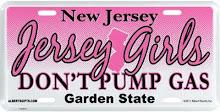

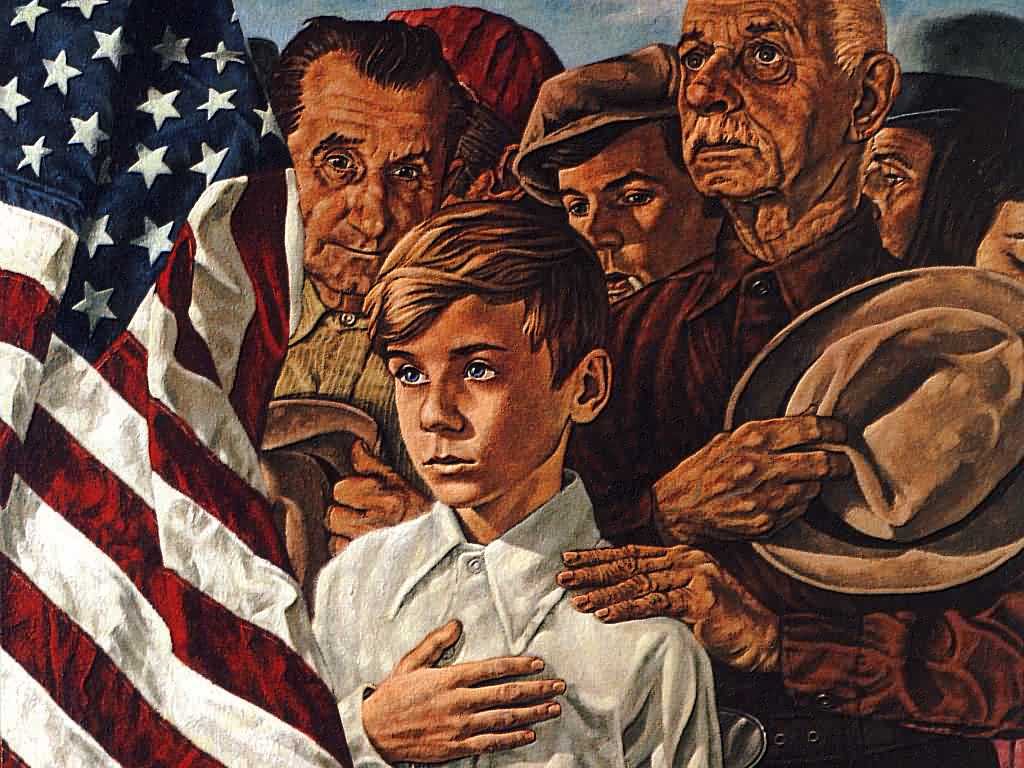

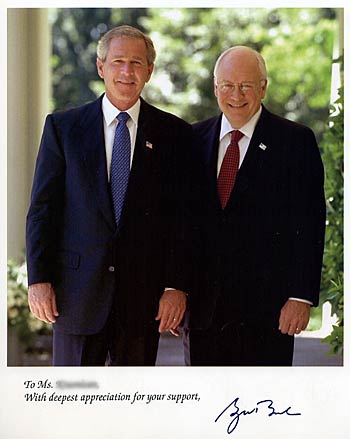




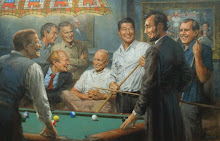
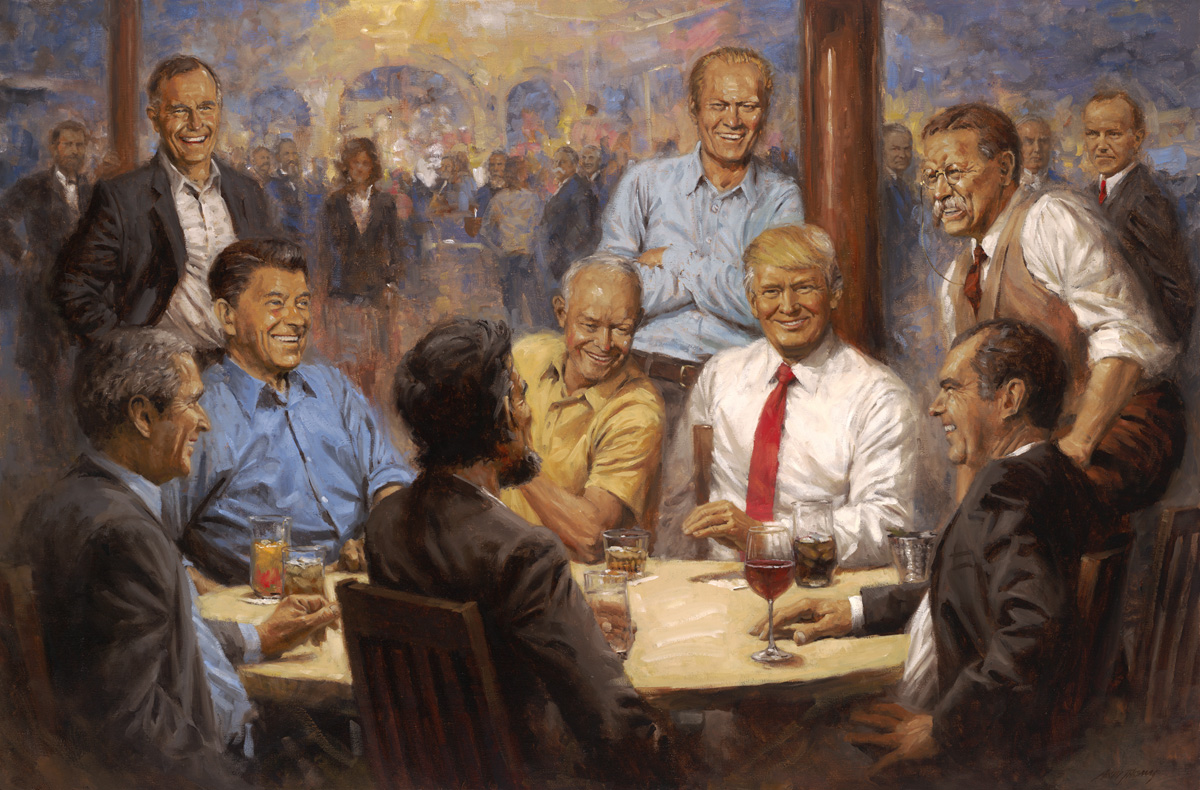
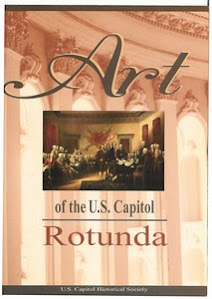



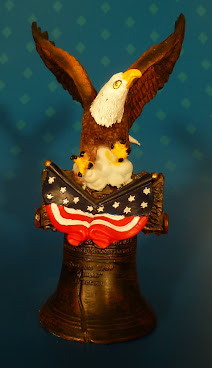
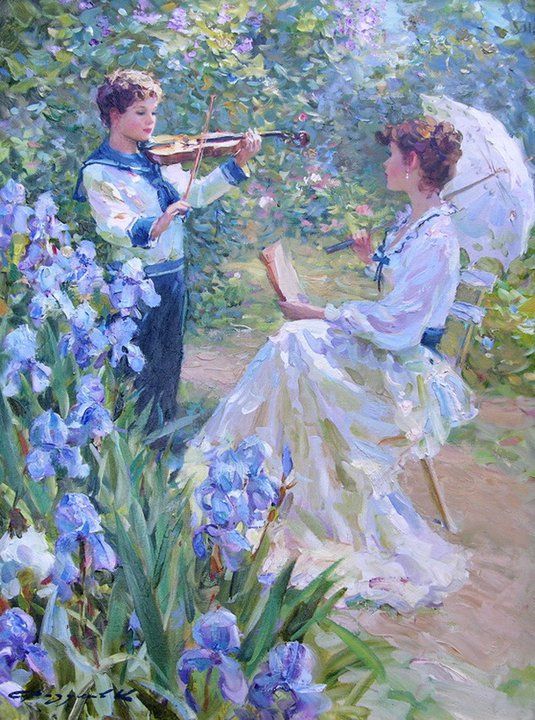

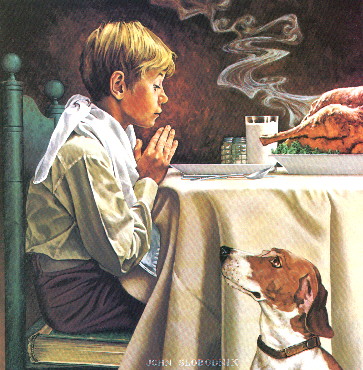



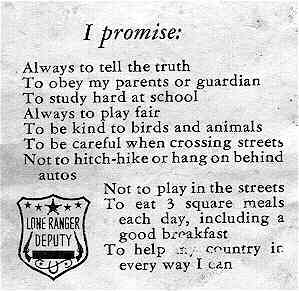
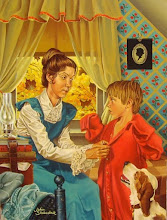








No comments:
Post a Comment